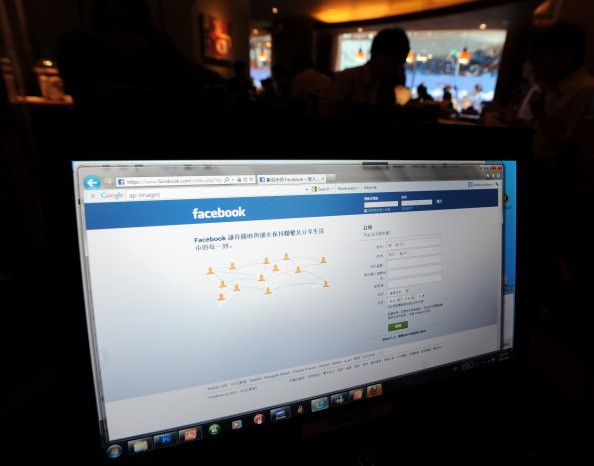It is reported that Facebook suspended advertisement for Chinese mobile utility apps that offers to save battery life or clean the memory of a device.
According to Chinese media reports, Facebook told one of its advertising agencies via email that it has stopped displaying advertisement for the agency's Chinese utility app due to a lot of violations it has recently broken.
The U.S. social media giant said that some of these apps have been deceiving users by some instances, wherein the app tells them that a phone's memory is full when it is actually not.
The decision to suspend advertising may also be related to Facebook's goal to improve user experience.
A lot of popular Android battery-saving and memory clean-up are made in China by companies such as Qihoo 360 and Cheetah Mobile (CMCM).
"CMCM probably will not be able to cross-sell its utility apps including Clean Master, Battery Doctor, and etc. If the situation continues, we expect to see operational data, such as downloads as well as active users, to be impacted," said Liping Zhao from Cheetah Mobile.
He added: "We expect this action of Facebook will have negative impact on CMCM’s financial performance. On cost side: a part of CMCM’s traffic comes from the cross-selling of its utility apps which helps CMCM bring down the User Acquisition Cost."
The User Acquisition Cost trends to increase if the cross-selling is disabled by Facebook. A lower user level might lead to a slower revenue growth.
Facebook haven't indicated how long should they place the ban on Chinese utility apps. The suspension of the advertisements may affect the U.S. company's future revenue.
Facebook stated that it has earned approximately $1.34 billion in advertising revenue from the Asia-Pacific region in the fourth quarter of 2015. This accounts for 15.5 percent of the company’s total advertisement profits during the period.



























